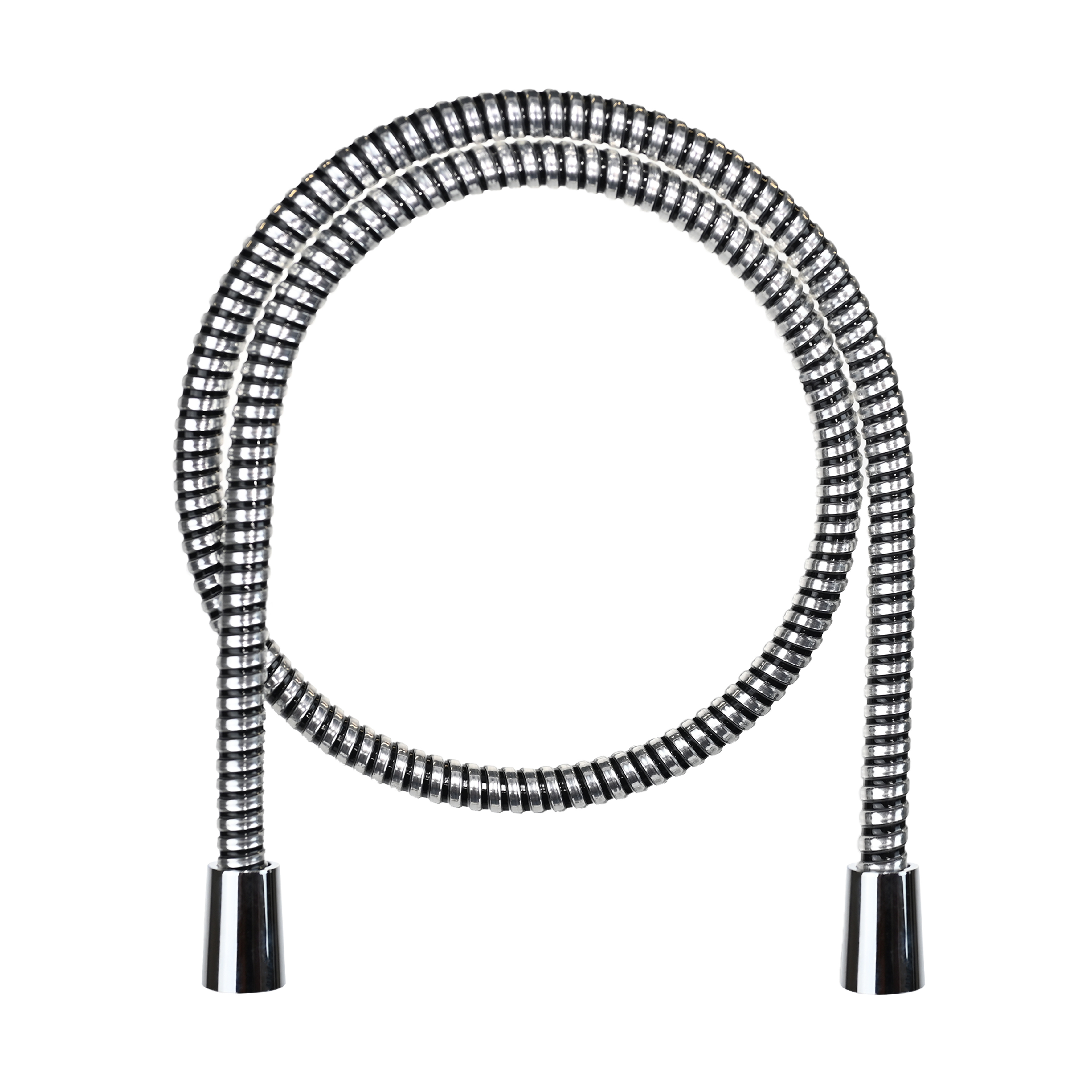Understanding the Importance of Hose Tube Embryo in Bathroom Fixtures: A Comprehensive Guide
Release time:
Nov 30,2024
Understanding the Importance of Hose Tube Embryo in Bathroom Fixtures
When it comes to bathroom fixtures, the term “hose tube embryo” may not be the first thing that comes to mind. However, its significance cannot be overstated. The hose tube embryo is a crucial component in various bathroom fixtures, ensuring efficient functionality, enhanced aesthetics, and long-term durability. In this article, we will delve deep into what hose tube embryos are, their role in bathroom fixtures, and why they are an essential consideration for any bathroom renovation or construction project.
Table of Contents
- What is Hose Tube Embryo?
- Importance of Hose Tube Embryo in Bathroom Fixtures
- Components and Materials of Hose Tube Embryo
- Installation Process of Hose Tube Embryo
- Maintenance and Care Tips
- Common Issues and Solutions
- Current Trends in Bathroom Fixtures and Hose Tube Embryo
- Conclusion
- FAQs About Hose Tube Embryo
What is Hose Tube Embryo?
The hose tube embryo is essentially a flexible conduit designed to transport water from the main supply to various fixtures in the bathroom, such as faucets, showers, and bidets. This component is characterized by its adaptability to different installation environments and its ability to withstand changes in pressure and temperature. Made from high-quality materials, hose tube embryos are engineered to provide a reliable connection while maintaining optimal water flow.
Types of Hose Tube Embryos
There are several types of hose tube embryos available in the market, each tailored to specific applications. The most common types include:
- Flexible Hoses: Ideal for areas requiring mobility or adjustments.
- Stainless Steel Braided Hoses: Known for their durability and resistance to corrosion.
- Rubber Hoses: Often used for their affordability and flexibility.
Importance of Hose Tube Embryo in Bathroom Fixtures
Understanding the role of hose tube embryos in bathroom fixtures is vital for both functionality and aesthetics. Here are several reasons why these components are indispensable:
Enhanced Functionality
Hose tube embryos are essential for the proper functioning of multiple bathroom fixtures. They provide a secure connection that allows water to flow freely, ensuring that faucets and showers operate efficiently. Without a functioning hose tube embryo, even the most beautifully designed fixtures would fail to deliver the desired experience.
Water Efficiency
Modern hose tube embryos are designed to minimize leaks and ensure optimal water delivery. This efficiency not only saves water but can also lead to noticeable reductions in utility bills. Investing in high-quality hose tube embryos is therefore a step towards a more sustainable bathroom.
Safety Considerations
Safety is a paramount concern in any bathroom setting. Hose tube embryos are designed to withstand high-pressure water systems, reducing the risk of bursts and leaks that could lead to water damage or hazardous situations. Proper installation and maintenance of these components are critical in safeguarding against potential accidents.
Components and Materials of Hose Tube Embryo
The performance and longevity of a hose tube embryo largely depend on the materials from which it is made. Here are the key components and materials commonly used:
Materials Used in Hose Tube Embryo
- Plastic: Lightweight and resistant to corrosion, plastic hose tube embryos are popular in residential applications.
- Stainless Steel: Known for its strength and durability, stainless steel is often used in high-end fixtures.
- Rubber: Flexible and cost-effective, rubber tubing is common for various plumbing needs.
Key Components
A typical hose tube embryo comprises multiple components that contribute to its overall functionality:
- Connectors: These fittings ensure a secure connection to the water supply and the fixtures.
- Reinforcement Layers: Many hoses feature braided or reinforced layers to enhance their durability.
- Valves: Integrated valves may be included to control water flow.
Installation Process of Hose Tube Embryo
Installing a hose tube embryo in bathroom fixtures is a straightforward process but requires attention to detail to ensure a proper fit and function. Below are the steps involved:
Step-by-Step Installation Guide
- Gather Tools: Ensure you have all necessary tools including wrenches, pliers, and Teflon tape.
- Turn Off Water Supply: Before beginning installation, make sure to turn off the water supply to avoid any mishaps.
- Remove Old Hose: Disconnect the old hose tube embryo by loosening the connectors.
- Attach New Hose: Connect the new hose tube embryo to the fixture and water supply, ensuring to use Teflon tape for a watertight seal.
- Check for Leaks: Turn the water supply back on and check for any leaks at the connection points.
Maintenance and Care Tips
Proper maintenance of hose tube embryos is crucial for ensuring their longevity and functionality. Here are some tips:
Regular Inspection
Conduct regular inspections of hose tube embryos to check for signs of wear and tear. Look for cracks, leaks, or kinks that may impair their functionality. Regular checks can help prevent major repairs or replacements.
Cleaning
Keep the exterior of the hose tube embryo clean to prevent the buildup of dirt and grime. A simple rinse with mild soap and water will suffice. Avoid harsh chemicals that can degrade the material.
Replacement Schedule
Depending on usage, consider replacing hose tube embryos every 5 to 10 years to ensure optimal performance and safety. This proactive approach can save you from unexpected leaks and water damage.
Common Issues and Solutions
Even with proper installation and maintenance, issues can arise with hose tube embryos. Here are common problems and their solutions:
Leaking Connections
One of the most prevalent issues is leaking at the connections. This can often be resolved by re-tightening the connectors or applying more Teflon tape. If leaks persist, it may indicate that the hose is damaged and needs replacement.
Low Water Pressure
Low water pressure can occur if the hose tube embryo is kinked or blocked. Inspect the hose for any obstructions and ensure it is laid flat without bends.
Current Trends in Bathroom Fixtures and Hose Tube Embryo
The bathroom design industry is ever-evolving, and several exciting trends are shaping the future of bathroom fixtures, including hose tube embryos:
Sustainability
With a growing emphasis on environmental sustainability, many manufacturers are designing hose tube embryos that conserve water without sacrificing performance. Look for fixtures that promote eco-conscious practices.
Smart Fixtures
Smart bathroom fixtures are increasingly popular, offering features like temperature control and water usage monitoring. Hose tube embryos are being integrated with smart technology to enhance user experience.
Conclusion
In summary, understanding the importance of hose tube embryos in bathroom fixtures is crucial for anyone involved in plumbing, renovation, or home improvement. These components play a vital role in ensuring functionality, safety, and efficiency in water delivery. By investing in high-quality hose tube embryos, homeowners and professionals alike can ensure their bathroom fixtures not only look great but also perform flawlessly over time. Remember to prioritize regular maintenance and stay informed about current trends to make the best choices for your bathroom renovation or construction project.
FAQs About Hose Tube Embryo
1. What is the lifespan of a hose tube embryo?
The lifespan of a hose tube embryo can vary based on materials and usage, but generally, they last between 5 to 10 years.
2. Can I replace a hose tube embryo myself?
Yes, with basic tools and some plumbing knowledge, you can replace a hose tube embryo yourself. Just follow the installation guidelines carefully.
3. How do I know if my hose tube embryo needs replacing?
Signs of wear, leaks, or reduced water flow are indicators that your hose tube embryo may need replacement.
4. Are there eco-friendly options for hose tube embryos?
Yes, many manufacturers now produce eco-friendly hose tube embryos designed to conserve water and reduce waste.
5. Can hose tube embryos be used in other areas of the home?
Yes, while commonly found in bathrooms, hose tube embryos can also be used in kitchens and other plumbing applications where flexible water delivery is needed.
Related Information
Sep 17,2023
Mar 17,2025
Industry Information







